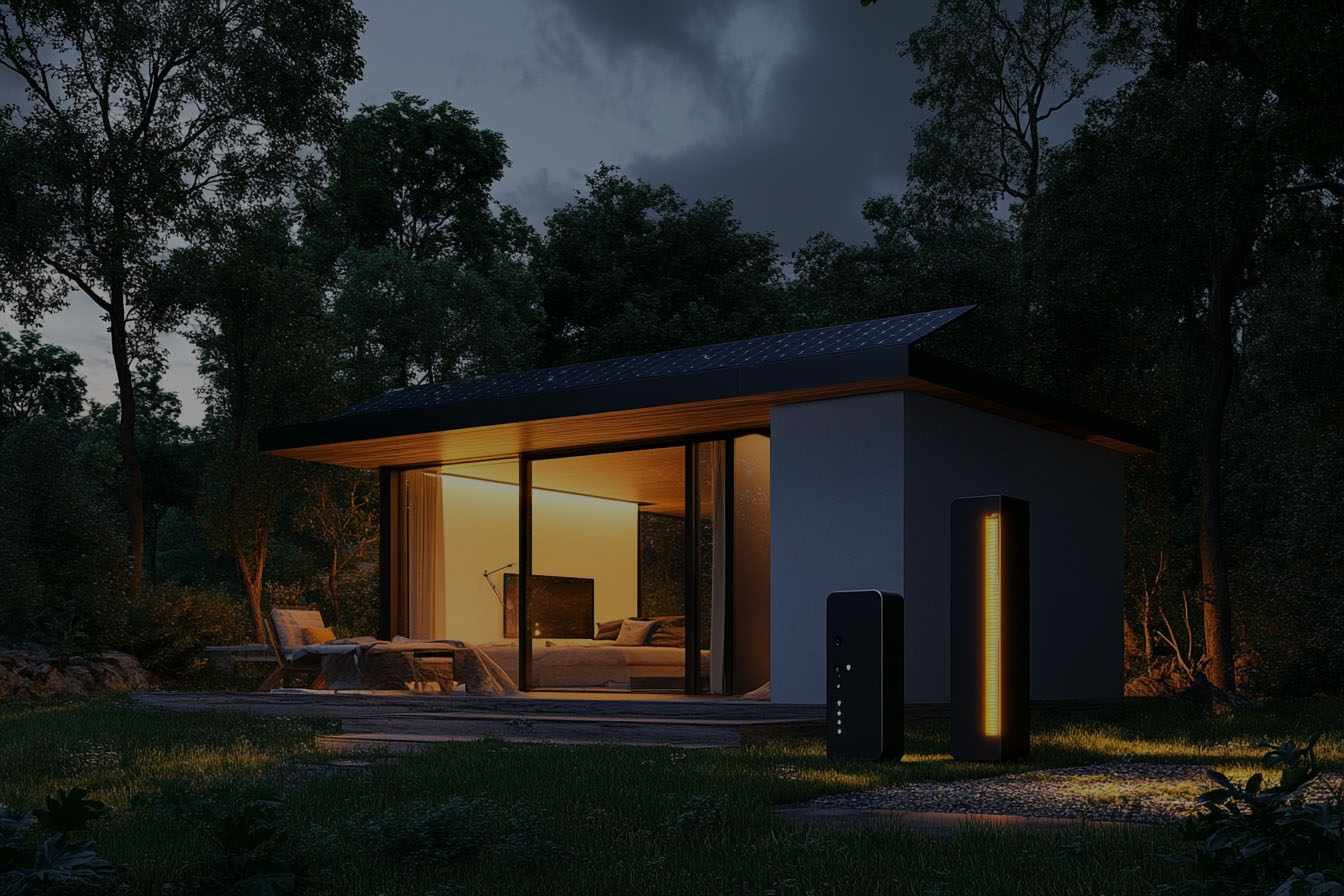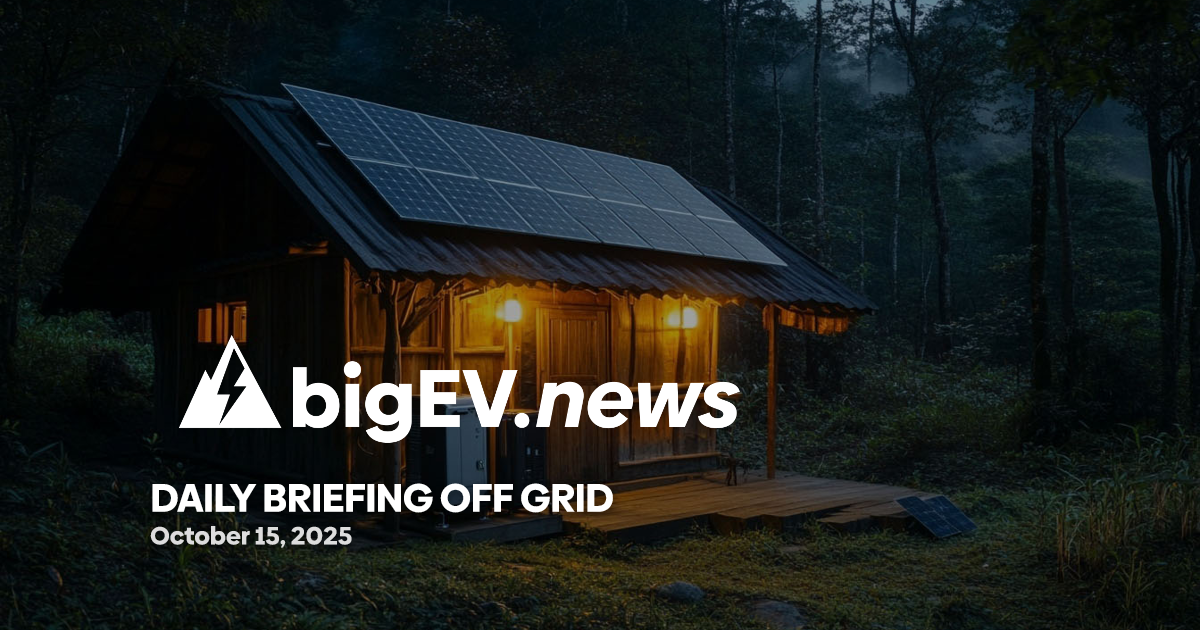Microgrid innovation, solar-battery RVs, and advanced water filtration redefine resilient infrastructure for power and clean water anywhere.
At a glance – The last 24 hours have seen a surge in off-grid and microgrid system deployments, with a strong focus on integrating solar and battery technologies for resilient power delivery in diverse environments. Industry leaders are accelerating the transition from traditional grid dependence to distributed, AI-ready microgrid solutions, while new water filtration systems are being paired with these power platforms to ensure access to clean water in remote and disaster-prone regions. The global market for microgrids is forecasted to exceed $50 billion, driven by both commercial and research sector investments, as well as a growing demand for energy independence and climate resilience.
Technology advance – Caterpillar Inc. delivered three 500-kW generators to St. Thomas University’s Center for Microgrid Research in St. Paul, Minnesota, marking a significant step in expanding the university’s microgrid infrastructure. This facility, supported by a $5.4 million state grant and a $2 million investment from EV charging firm Bright.Green, will focus on distributed energy resources, grid resiliency, and AI-driven microgrid control. The new generators are set to power advanced research into distributed energy and hands-on workforce development, positioning the center as a leader in next-generation off-grid power solutions. The university’s partnership with Bright.Green aims to integrate cutting-edge digitalization and AI into microgrid management, reflecting the sector’s pivot toward intelligent, adaptive energy systems.
Partnerships – SolMicroGrid, based in New York, has unveiled its “array-to-microgrid” (ATM) model, transforming existing commercial and industrial solar arrays into fully functional microgrids. This energy-as-a-service approach allows SolMicroGrid to assume ownership of solar-plus-storage projects, selling reliable, discounted power to customers in high-cost grid regions. CEO Kirk Edelman emphasized the importance of technical and financial asset management, with national O&M service providers ensuring rapid response and maintenance. This model not only increases the value of existing solar installations but also accelerates the adoption of resilient, decentralized energy systems in markets where grid power exceeds 20 cents per kWh, offering a compelling economic incentive for businesses to transition to microgrids.
Acquisitions/expansions – Energy Vault and Pacific Gas & Electric (PG&E) have launched the world’s first ultra-long duration hybrid battery and hydrogen energy storage microgrid at the Calistoga Resiliency Center in California. This $28 million project, financed through the sale of Investment Tax Credits, combines Energy Vault’s B-VAULT DC battery technology with hydrogen fuel cells to provide instantaneous response and grid stability in island mode. The system’s use of liquid hydrogen enables extended run times and uninterrupted power delivery, even during blackouts or wildfire-related outages. PG&E has now deployed 13 distribution microgrids since 2021, with Calistoga representing the largest and first fully renewable system, ensuring essential services remain powered during emergencies and setting a new standard for resilient community infrastructure.
Regulatory/policy – Costco has taken a major step toward energy independence by pre-commissioning off-grid solar systems at its Ontario and Loma Linda distribution centers in California. Developed in partnership with Trinity Energy, these modular electrified structures integrate solar, battery storage, and advanced inverters to create self-sustaining microgrid ecosystems. The installations are projected to generate 100 MWh of carbon-free energy annually, supporting over 11,750 hours of EV charging and offsetting 3 million metric tons of CO2 emissions. This initiative aligns with Costco’s commitment to 100% clean energy by 2035 and a 39% reduction in Scope 1 and 2 emissions by 2030, demonstrating how regulatory climate goals are driving large-scale adoption of off-grid and microgrid technologies in the logistics and retail sectors.
Finance/business – The microgrid and off-grid systems market is experiencing robust financial momentum, with Grand View Research and Mordor Intelligence projecting annual growth rates exceeding 17%. The sector’s global market value is expected to reach between $50 billion and $100 billion, fueled by investments from both public and private sectors. The upcoming Microgrid Knowledge Conference in Orlando is set to convene industry leaders, researchers, and investors to discuss key drivers of deployment growth, including the integration of AI, cloud-based data management, and advanced battery storage. The conference’s open call for session ideas and speakers underscores the industry’s collaborative approach to scaling resilient, distributed energy solutions for a rapidly changing world.
Sources: microgridknowledge, pv-magazine-usa, power-eng, microgridknowledge (EV), utilitydive, grandviewresearch









